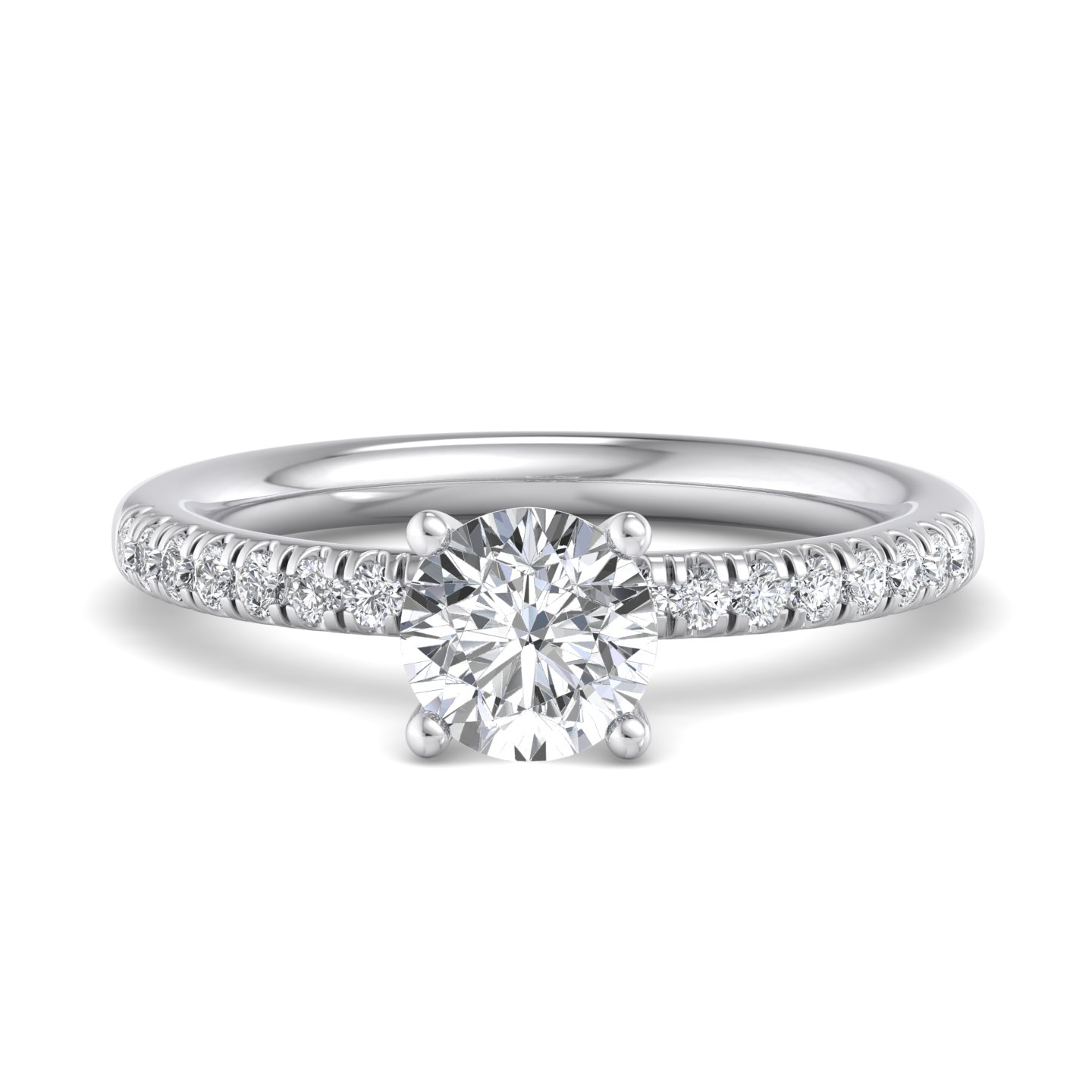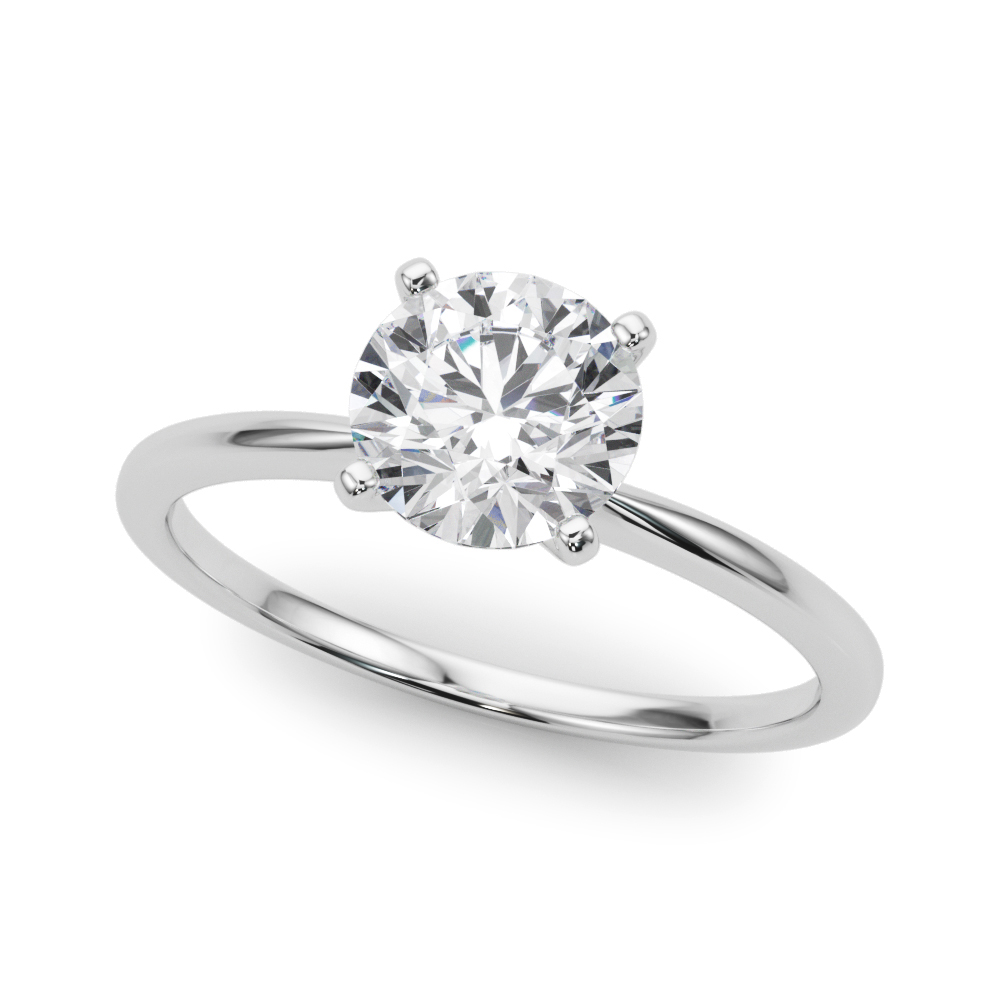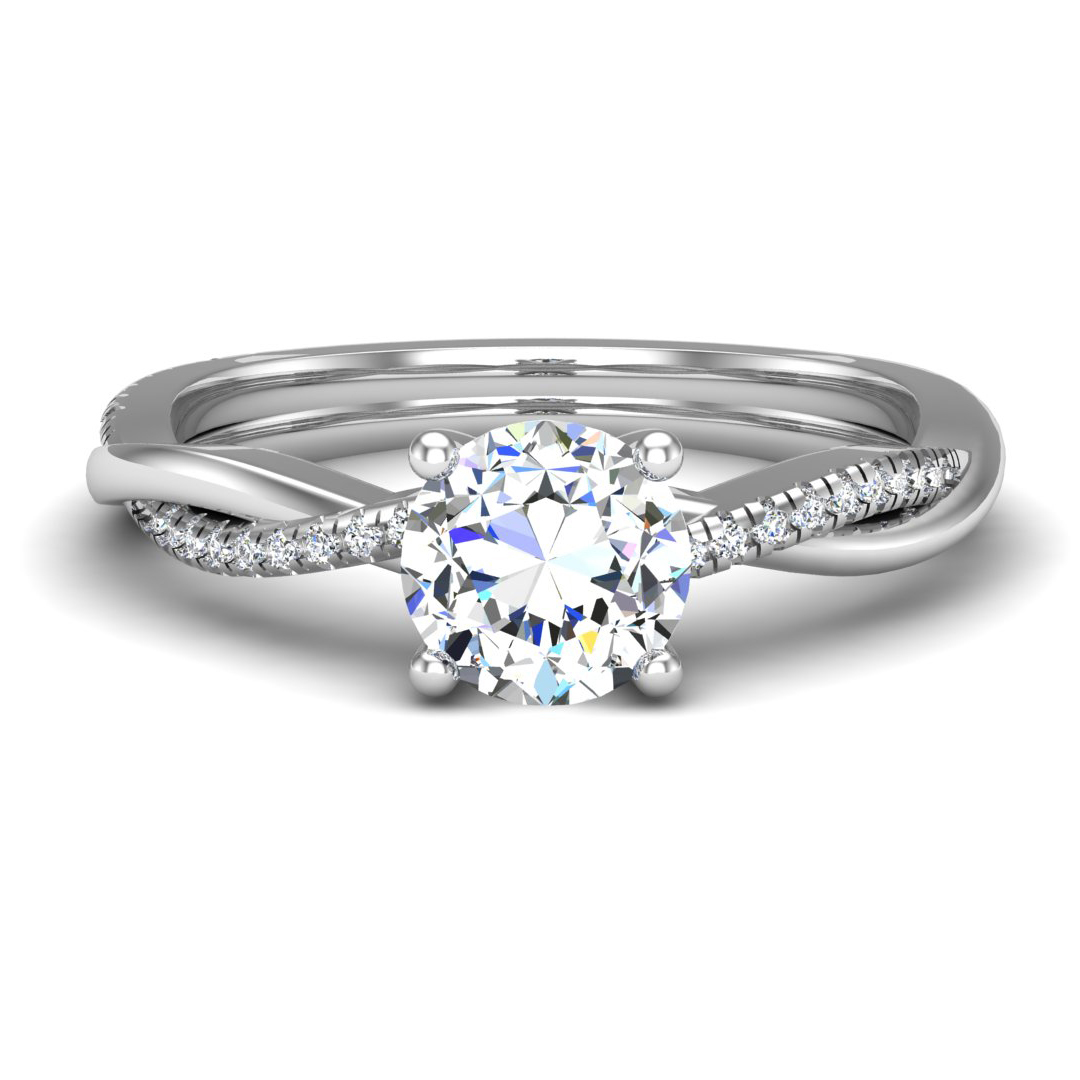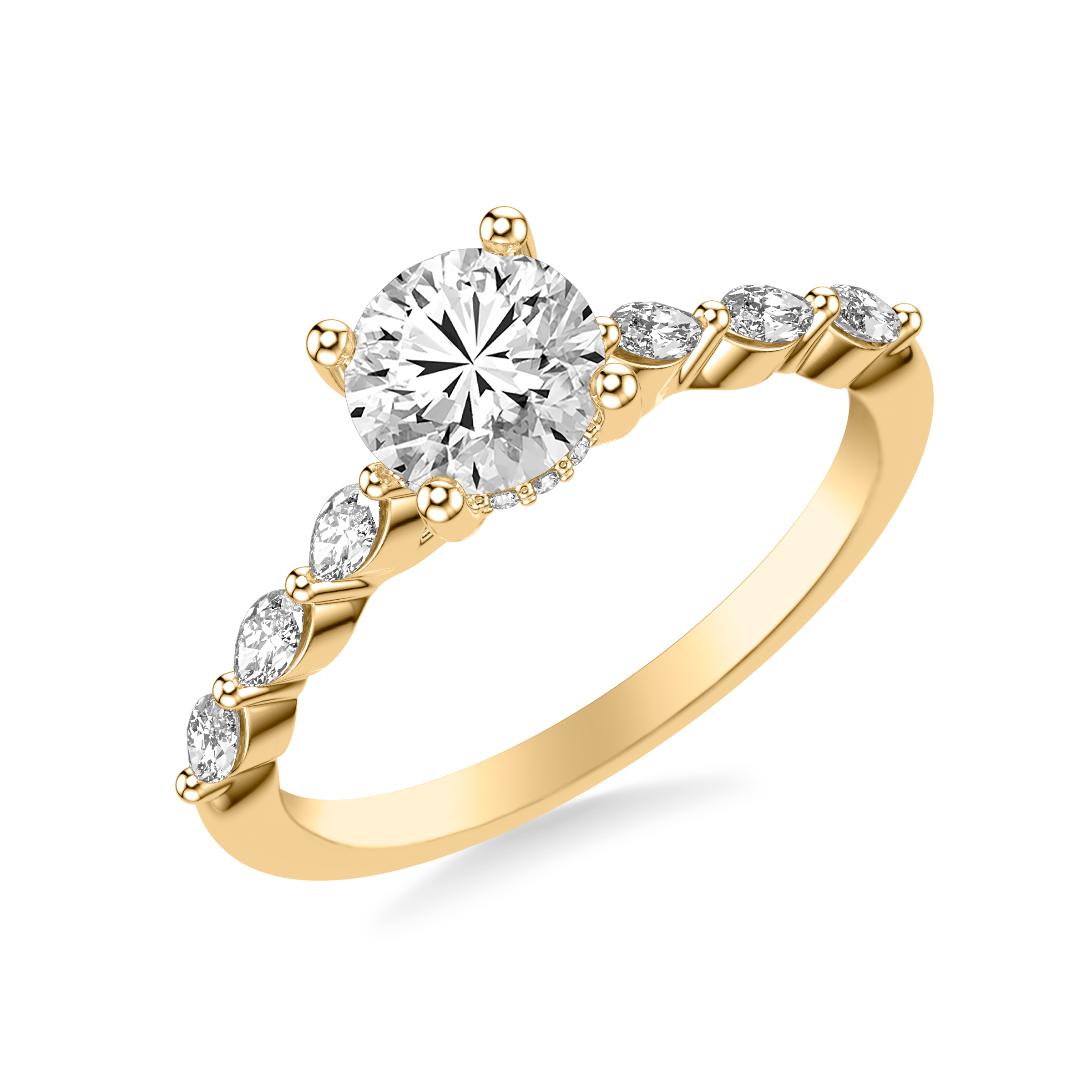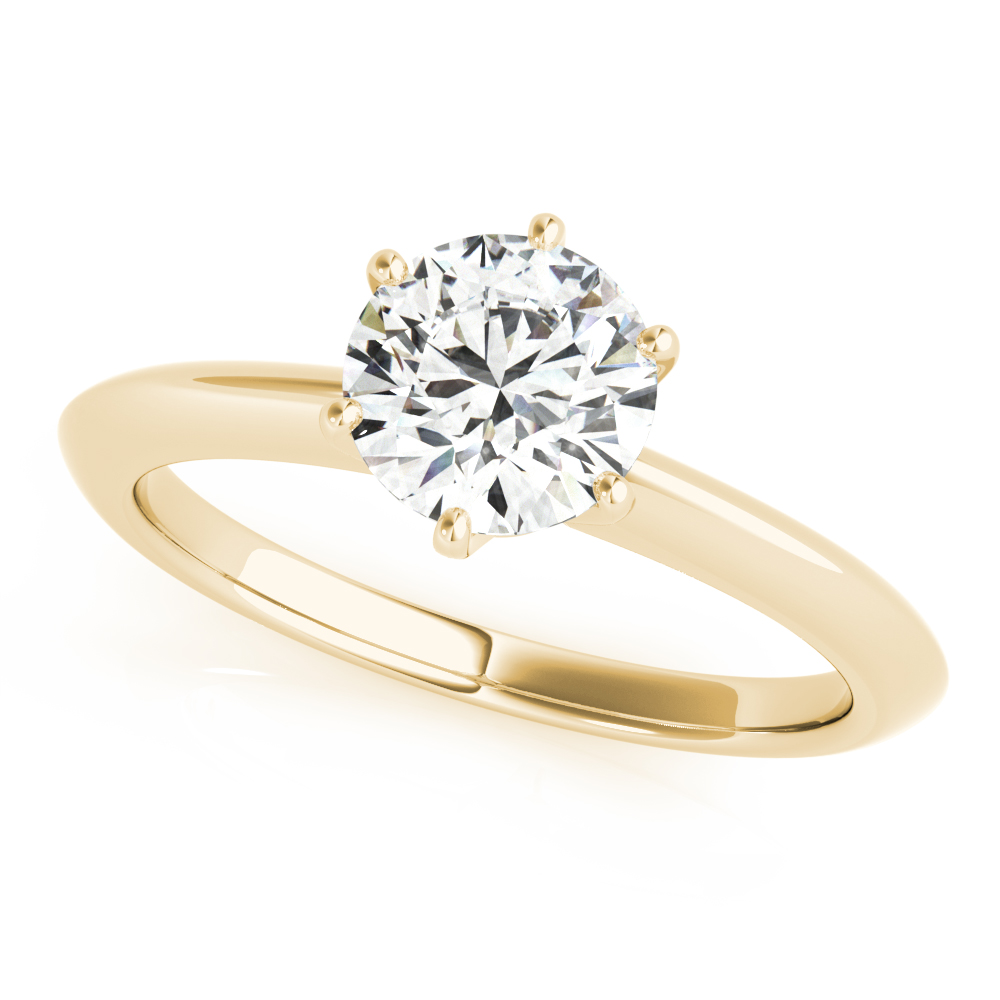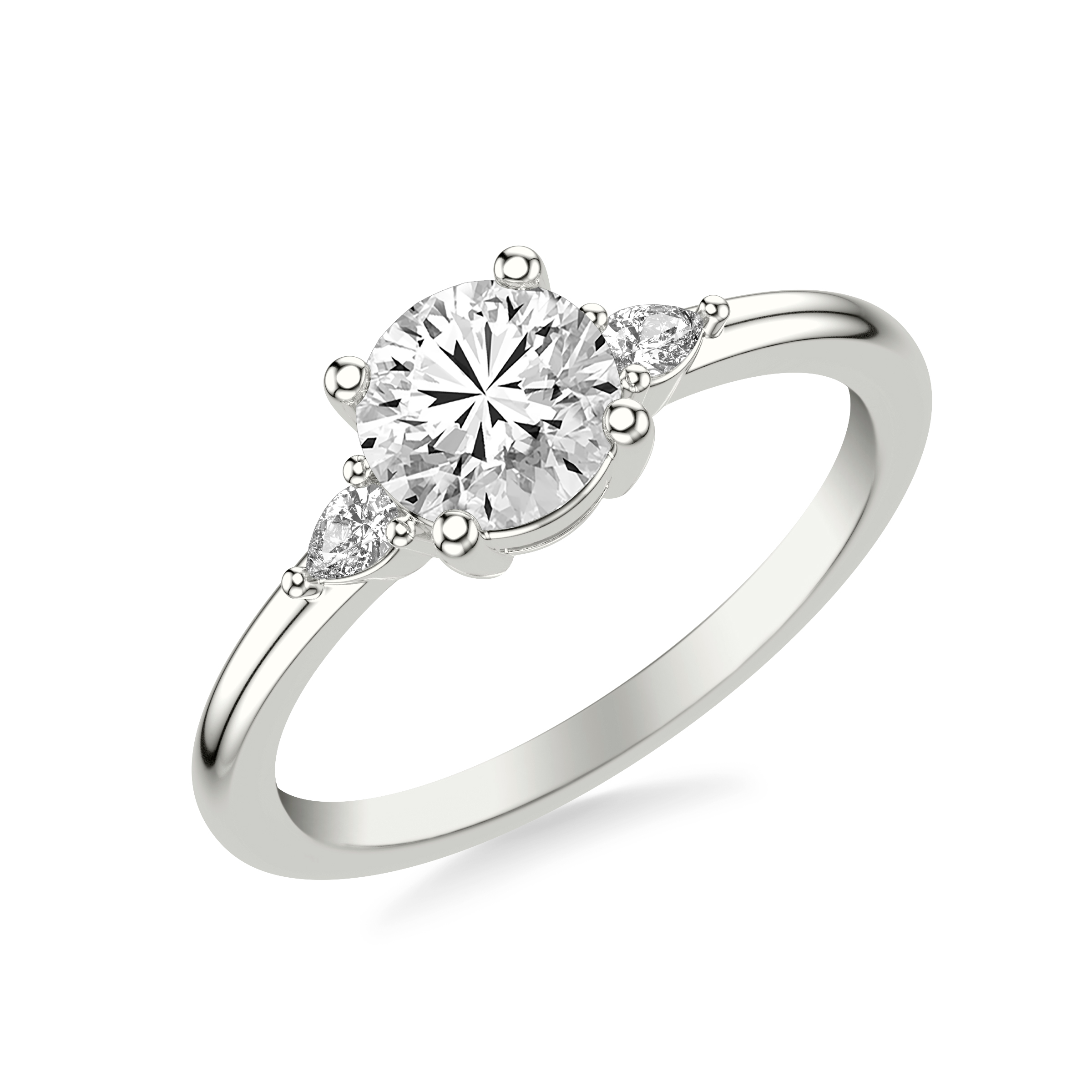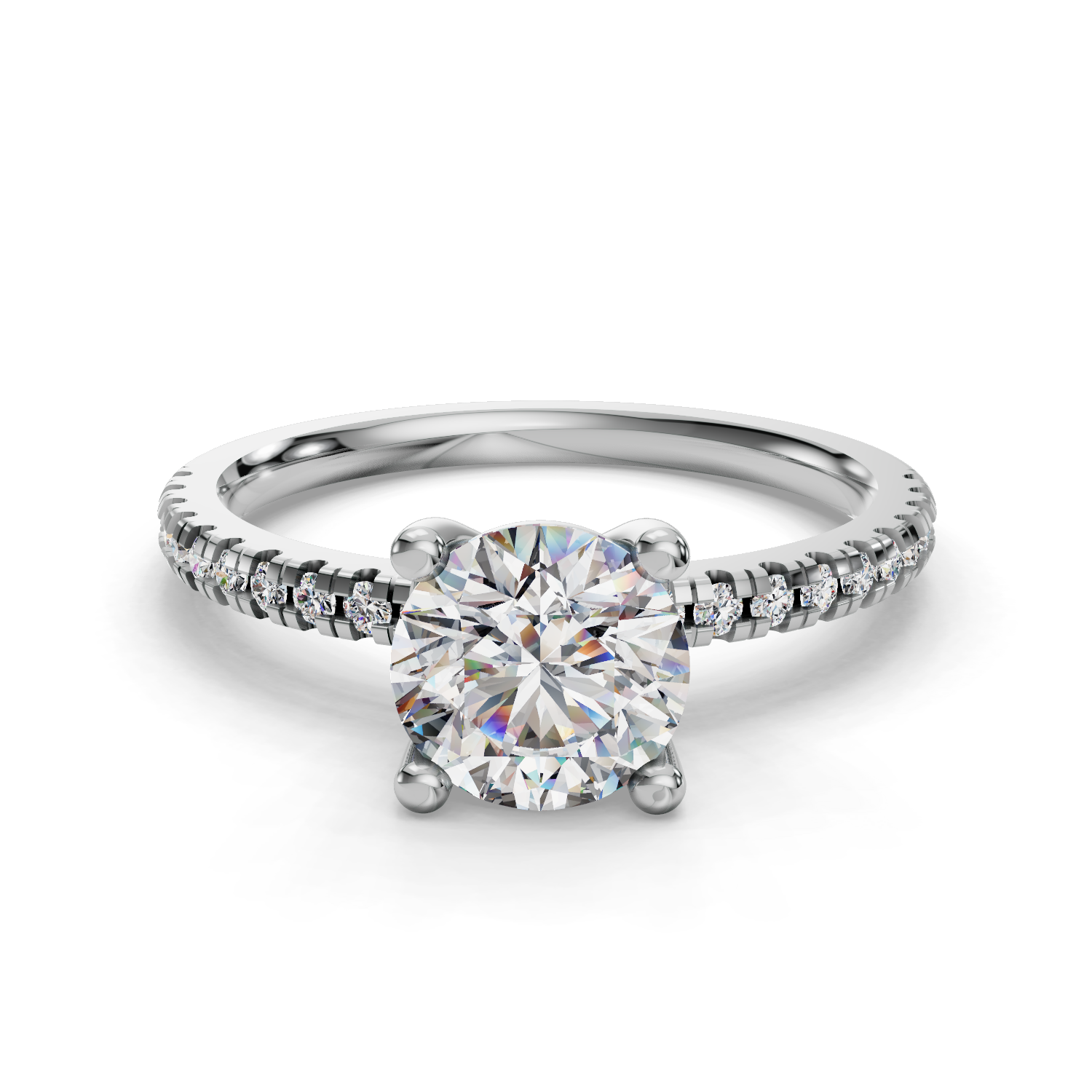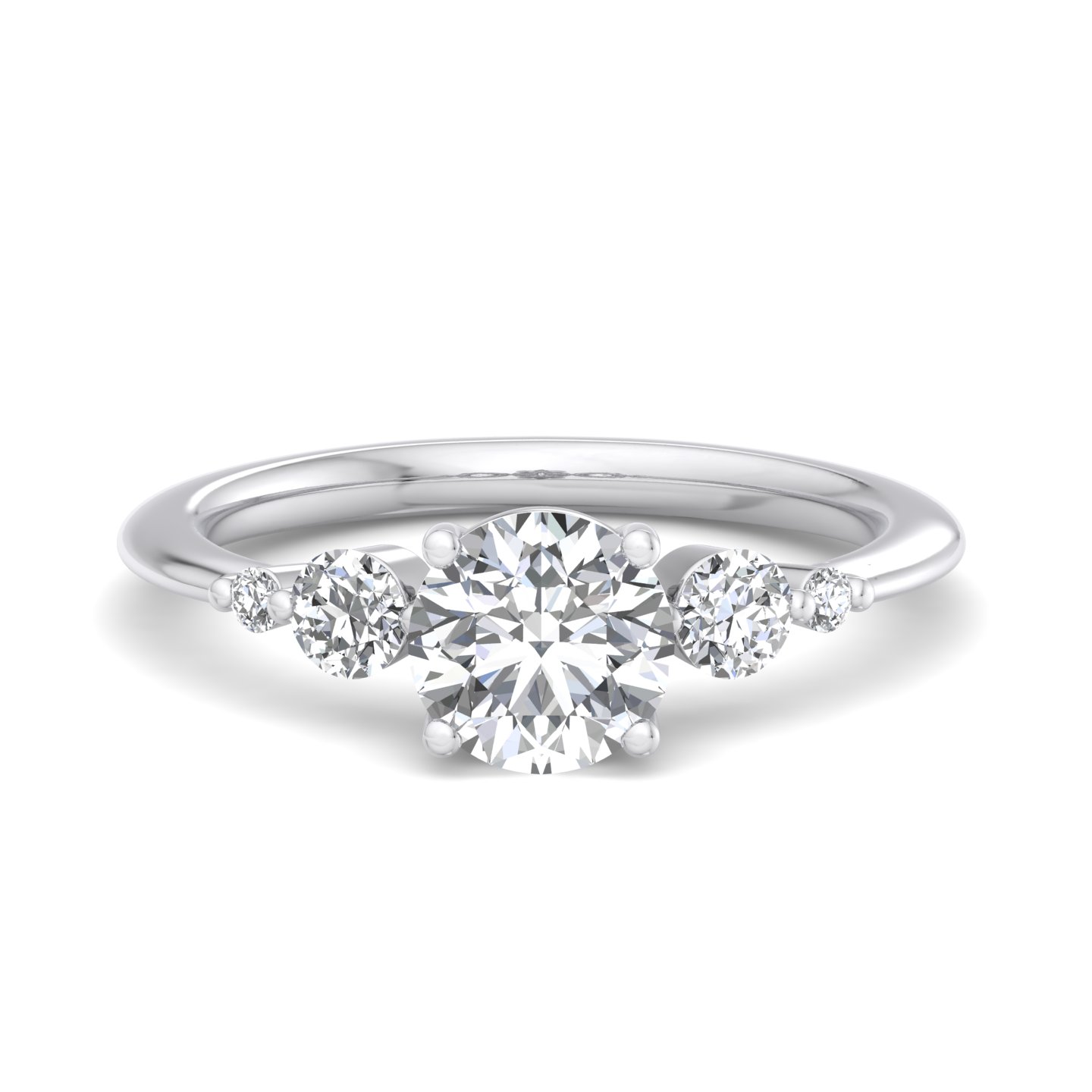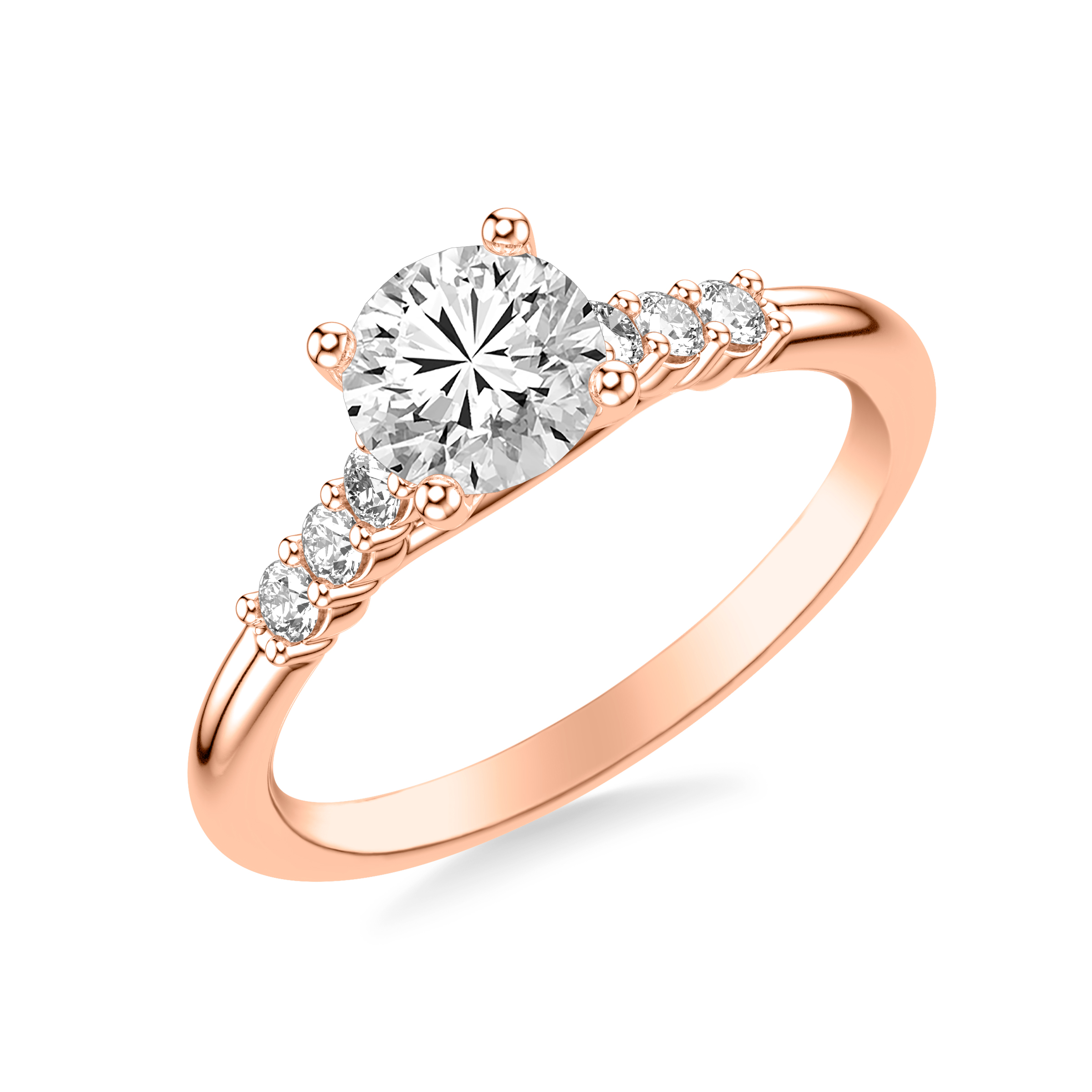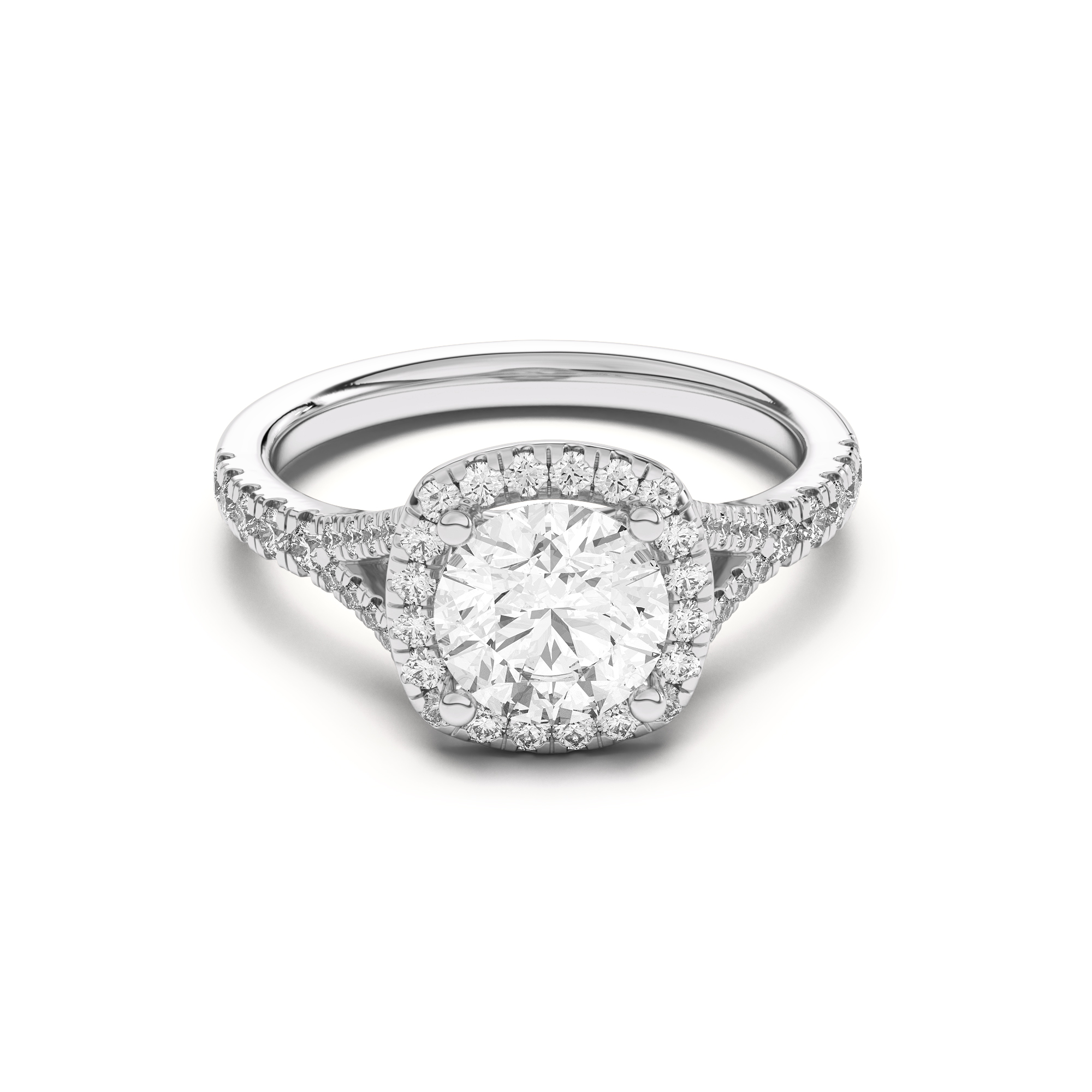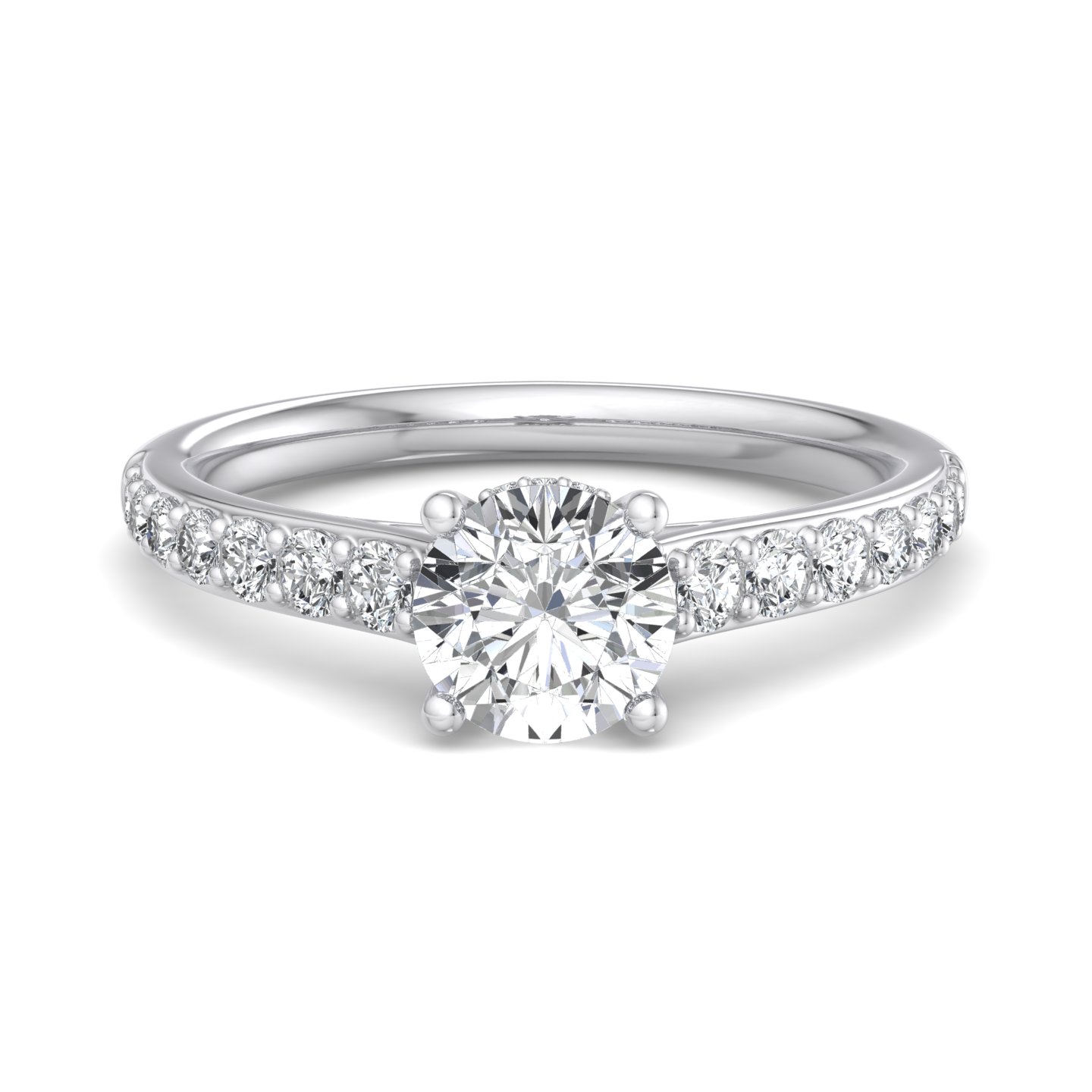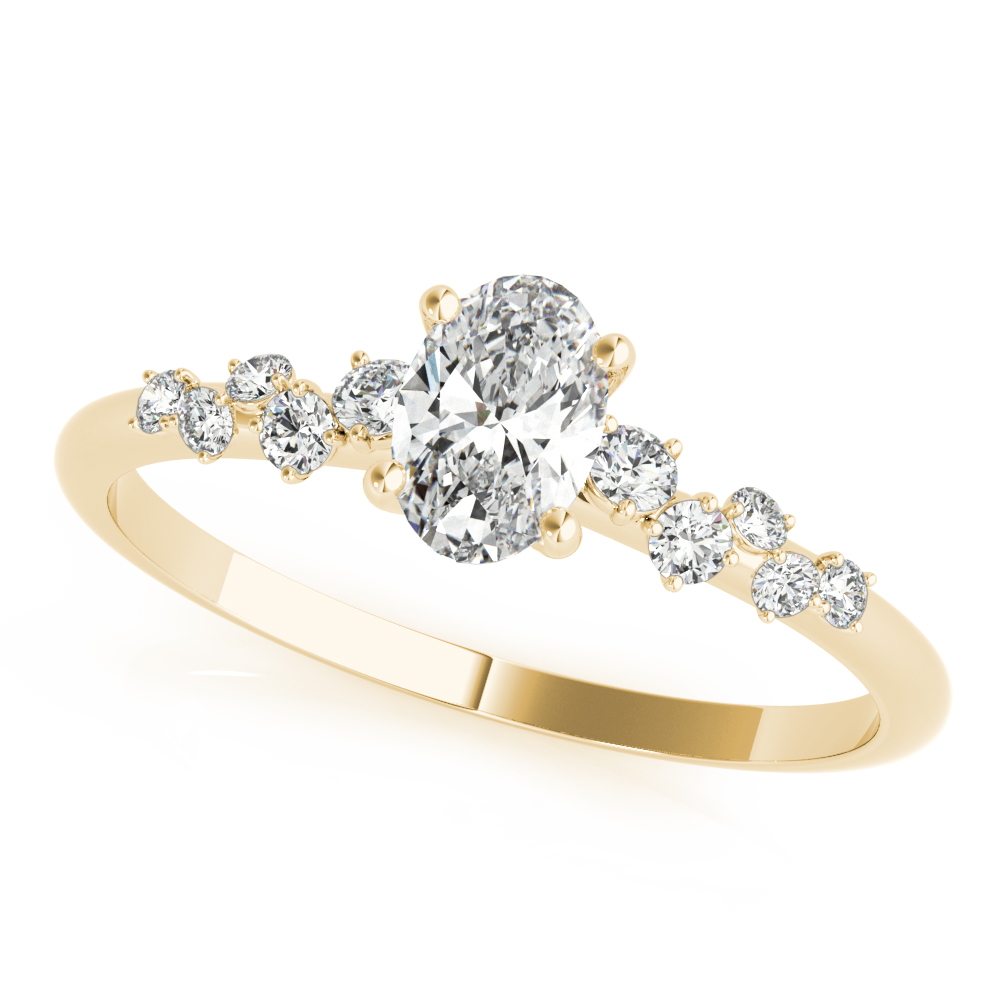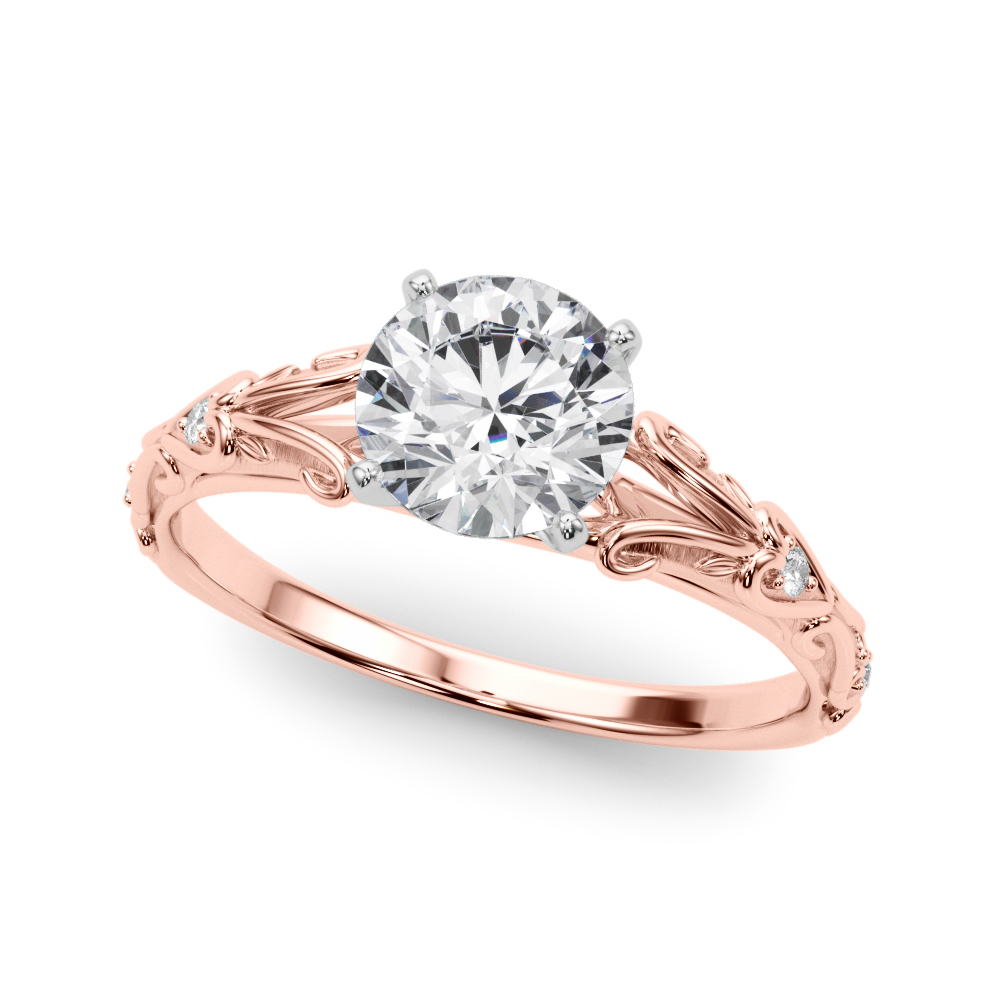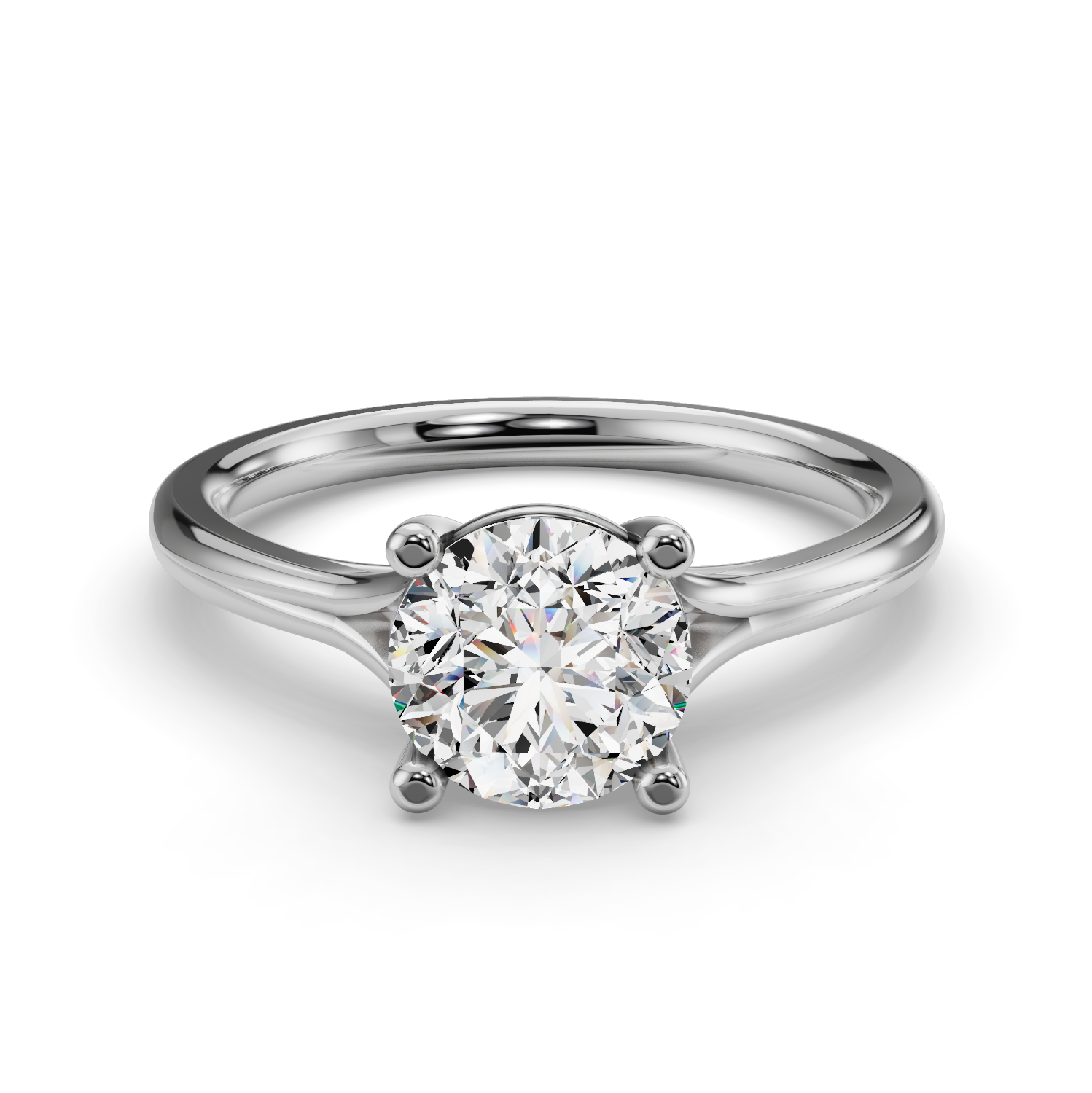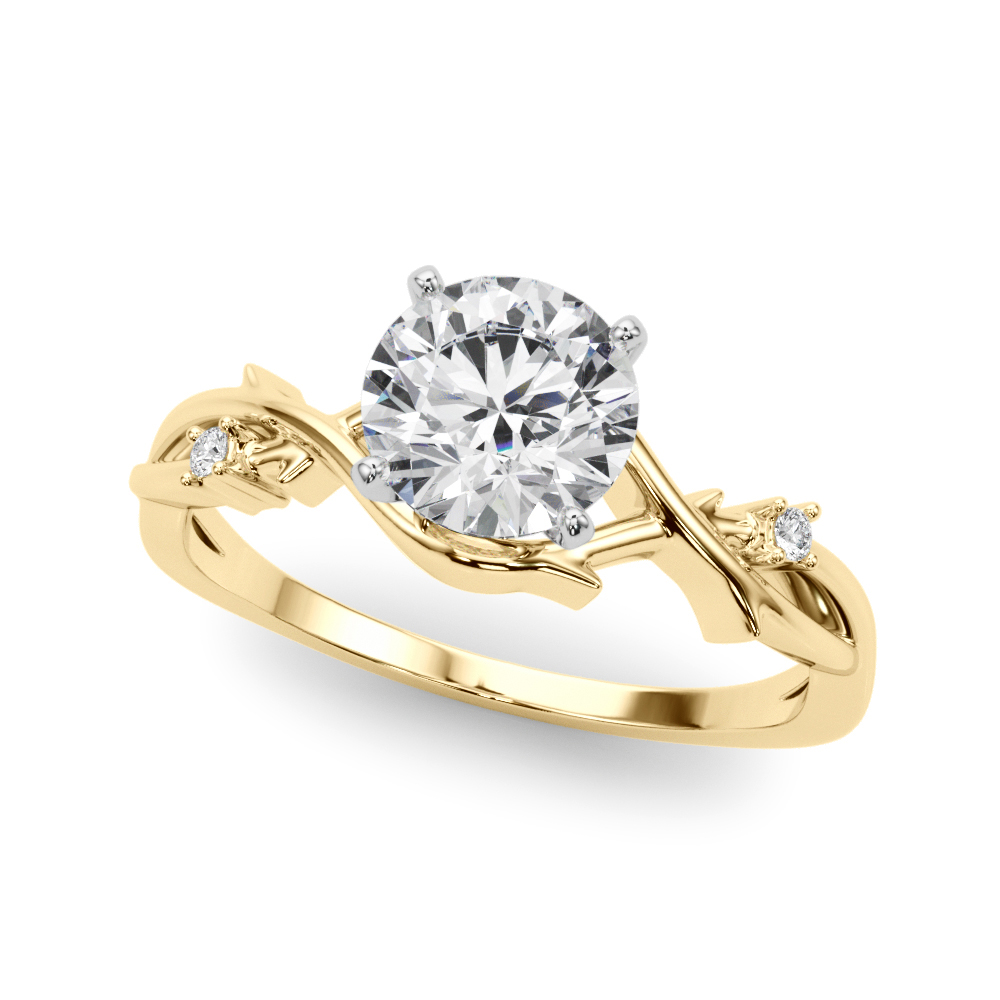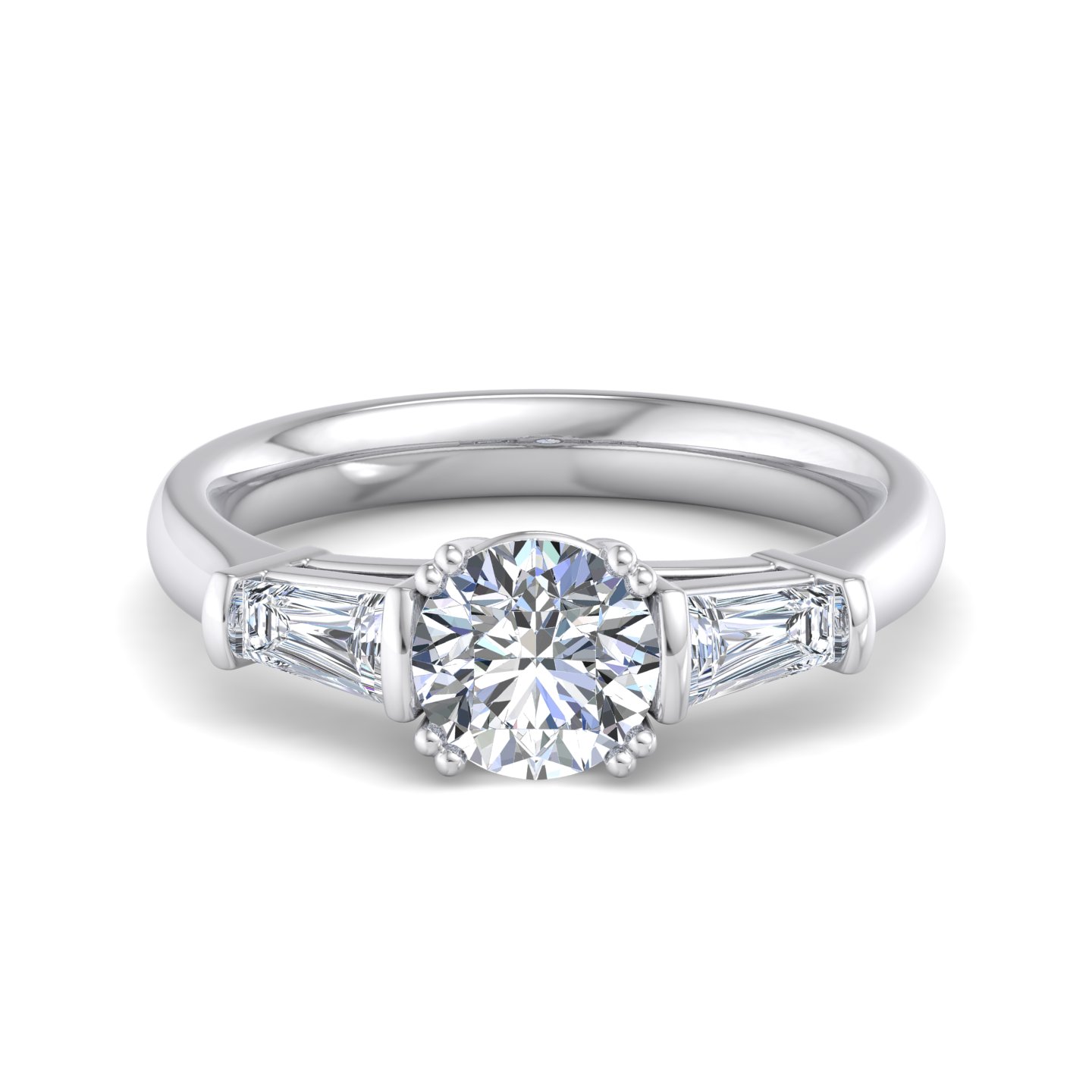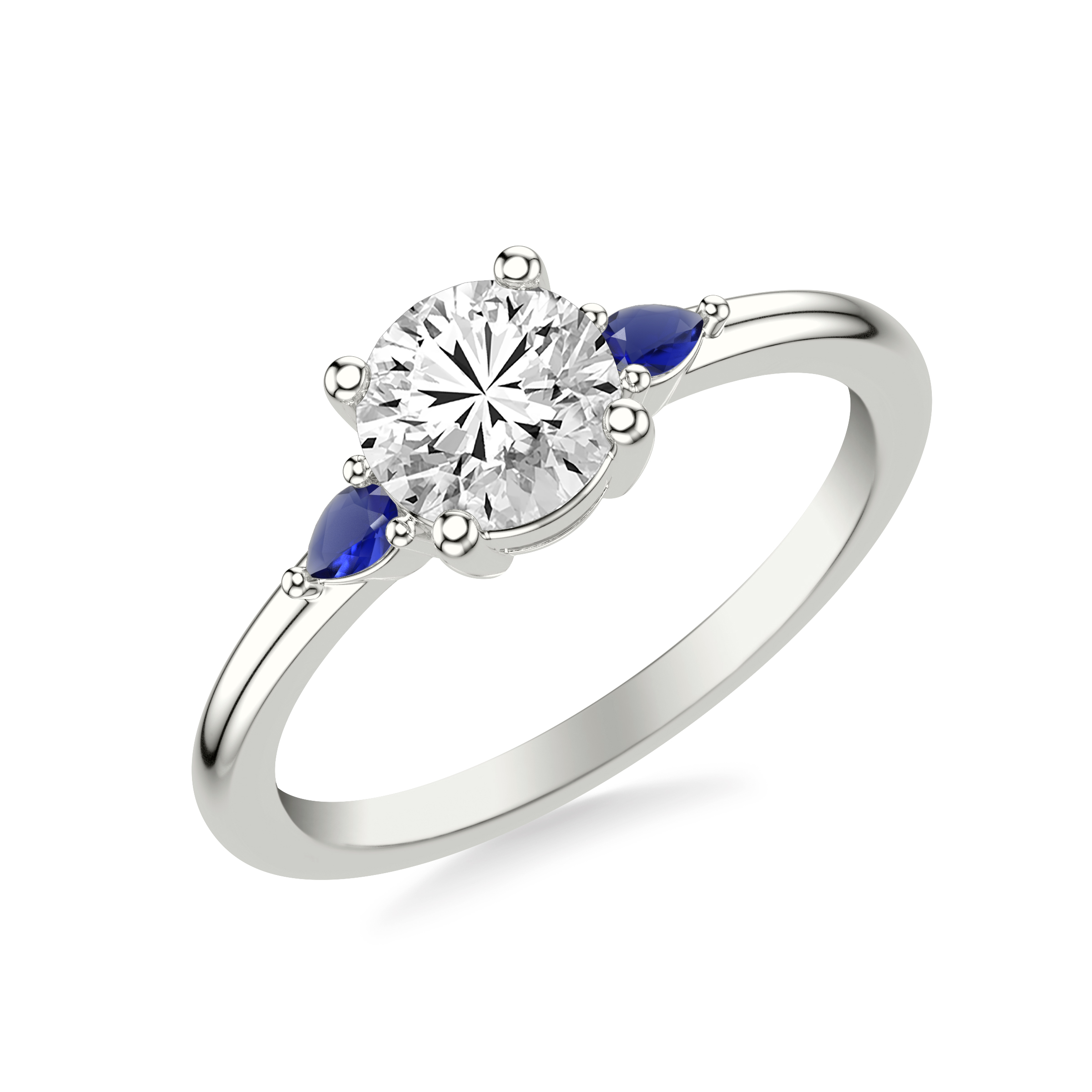FAQs: Most Popular Engagement Ring
What are the different types of engagement rings?
Some of the most common types include solitaire rings, halo rings, pavé rings, three-stone rings, and vintage rings.
What are the best engagement ring styles?
When it comes to engagement rings, the best style is really a matter of personal preference. Some people prefer the classic and timeless look of a solitaire ring, while others might prefer the added sparkle of a halo or pavé ring. Ultimately, the most important thing is to choose a ring that you or your partner love and that reflects your personal style and taste. If you're not sure which style is right for you, you can consult our gemologist or a trusted friend or family member to get their opinion on which style they think would look best on you.
How do I choose the best engagement ring for my partner?
Traditionally, the proposing partner will find and offer a diamond ring for acceptance. However couples are starting to get away from tradition nowadays when it comes to the proposer buying the ring in secret, price and even material it's made out of. Maybe you want to shop together with your partner, get their input (and maybe even help pay) for the ring they’ll wear in a show of commitment to you and your relationship. Here’s a couple’s guide to buying engagement rings.
What is the difference between a diamond cut and a diamond shape?
The diamond cut refers to the symmetry, proportions, and polish of a diamond, which ultimately determine the diamond's overall sparkle and brilliance. The diamond shape, on the other hand, refers to the specific geometric appearance of the diamond. For example, a round diamond, a pear-shaped diamond, and an oval-cut diamond are all different diamond shapes.
What is the average price range for an engagement ring?
The avg. cost of a diamond engagement ring can vary greatly depending on several factors, including the quality and size of the diamond, the type of metal used for the setting, and the overall design of the ring. In general, the average price of an engagement ring is between $1,000 and $5,000, although it is not uncommon for some engagement rings to cost much more. Check the Engagement Rings Price Range Data Report based on millions of searches on our site.
What is the best metal for an engagement ring?
There are several different metals that can be used for an engagement ring, each with its own unique characteristics. Some popular options for engagement ring metals include yellow gold, platinum, white gold, and rose gold.
There are three main things to consider when selecting the metal for your ring:
There are three main things to consider when selecting the metal for your ring:
- Pick a metal that will complement the color grade of your stone. The diamond(s) on your ring reflect any colors that are directly surrounding them – including those in the setting you choose.
- Think about gold purity. Remember that the higher the karat, the softer the gold. For everyday wear, we recommend you go with 18-karat or even 14-karat in that case.
- Allergies. Platinum is hypoallergenic, so it is a good option for people with allergies or sensitive skin.
Should I get a gold or a platinum engagement ring?
Yellow gold is a traditional choice for engagement rings, and it is a warm, classic color that complements many different skin tones. However, be careful that they do reflect any colors that are directly surrounding them – including those in the setting you choose. We suggest that if you have a diamond that has a D, E or F color grade, avoid yellow gold.
Platinum is a naturally white metal that is extremely durable and resistant to scratches, making it a good choice for an engagement ring. It is also hypoallergenic, so it is a good option for people with allergies or sensitive skin.
Read more tips in choosing the right metal for your diamond here.
Platinum is a naturally white metal that is extremely durable and resistant to scratches, making it a good choice for an engagement ring. It is also hypoallergenic, so it is a good option for people with allergies or sensitive skin.
Read more tips in choosing the right metal for your diamond here.
How do I care for my engagement ring?
Many daily activities can hide the sparkle of your diamond. To care for your engagement ring, it is important to keep it clean and well-maintained. Here are a few tips for caring for your engagement ring:
- Remove your engagement ring before engaging in any physical activities, such as exercising or cleaning, as these activities can damage the ring or cause it to become loose.
- Avoid exposing your engagement ring to harsh chemicals, such as bleach or cleaning products, as these can damage the metal or the diamond.
- Clean your engagement ring regularly with a gentle soap and warm water solution, and use a soft-bristled toothbrush to gently scrub the ring and remove any dirt or grime that has accumulated. Read our step-by-step guide for how to clean diamond ring.
- To keep your engagement ring looking its best, it is recommended that you have it professionally cleaned and inspected by a jeweler at least once a year to ensure that the diamond and setting are in good condition and that the ring is properly sized.
- Store your engagement ring in a safe, secure place when you are not wearing it, such as a jewelry box with a soft, lined interior.
- Handle your engagement ring with care, as rough handling can damage the diamond or the setting.
What is the best way to insure my engagement ring with Rare Carat?
Buying a diamond ring is a major investment. It’s always a good idea to insure your diamond engagement ring. Please read our guide for insuring your diamond ring, by clicking here.
What is the difference between real and lab-created diamonds?
Lab-grown diamonds (also known as lab-created diamonds, man-made diamonds, manufactured diamonds, and engineered diamonds) are made up of carbon just like natural diamonds.
The difference between a lab created diamond and a natural stone is not how they look, but how they are grown. Natural diamonds are grown in the earth for several millions or even billions of years. Lab-grown diamonds are grown in a machine for a few days to months depending on the size.
Typically, it’s hard for a trained gemologist or jeweler to tell the difference between a lab made diamond and a natural stone.
Learn more about lab grown diamonds vs real diamonds.
The difference between a lab created diamond and a natural stone is not how they look, but how they are grown. Natural diamonds are grown in the earth for several millions or even billions of years. Lab-grown diamonds are grown in a machine for a few days to months depending on the size.
Typically, it’s hard for a trained gemologist or jeweler to tell the difference between a lab made diamond and a natural stone.
Learn more about lab grown diamonds vs real diamonds.
Are lab-created diamonds a good option for an engagement ring?
Lab-created diamonds can be a great buy for a diamond engagement ring because they are ethically sourced and have the same physical and chemical properties as natural diamonds. Additionally, they typically costs 70% less than their natural counterpart, making them a more affordable option.
What kind of diamond shapes are available for engagement rings?
What are the different types of diamond clarity?
Diamond clarity is a measure of the number of inclusions or blemishes on the surface of a diamond. It is one of the four main factors that are used to evaluate the quality of a diamond, along with cut, color, and carat weight. The clarity of a diamond can affect its value and appearance, so it is important to consider when purchasing a diamond. Inclusions can decrease the value of a diamond, but they can also provide unique characteristics that some people may find attractive. By understanding the clarity of a diamond, you can make an informed decision and potentially save money on your purchase.

